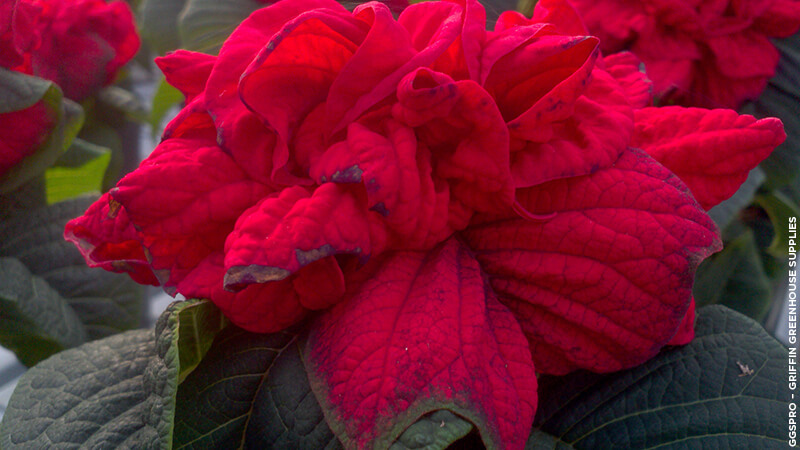5 Areas That Will Reshape The Future Of Production
 Regardless of what the future brings, greenhouse growers will always seek to take production practices to new levels that save time, money and environmental resources. New products and research in the areas of lighting, energy conservation, fertilizer, irrigation and growing media will help make your jobs easier.
Regardless of what the future brings, greenhouse growers will always seek to take production practices to new levels that save time, money and environmental resources. New products and research in the areas of lighting, energy conservation, fertilizer, irrigation and growing media will help make your jobs easier.
Energy-Efficient Lighting
An increasing number of lighting sources that use less energy, have a longer lifespan and produce less heat are showing up on the market. Recent products utilize advanced reflector and induction technology to improve light output and uniformity, ultimately producing higher yield-per-watt ratios.
Growers have focused their attention on light-emitting diodes (LEDs) as a supplemental light source and potentially a replacement for natural light. Advances in lighting technology show that with the right light, plants can be grown just about anywhere. Recent research has centered on using LEDs to alter the color, taste, smell, postharvest life and other characteristics of plants, as well as for increasing pesticide efficacy.
Alternative Fertilizer Sources
Water-soluble and controlled-release fertilizers will continue as mainstays in the greenhouse. However, as herb and vegetable production increases, the focus may shift to organic fertilizers.
WISErg has patented a process that converts food waste into a form suitable for fertigation systems. The University of Arizona is trialing this new organic fertilizer in its greenhouses. The results are promising, although research is in its beginning stages. The new fertilizer is currently under review by the Organic Materials Review Institute.
Renewable Energy Rules
Ongoing changes in the cost of natural gas and oil will continue to drive growers to using more renewable energy resources, by securing federal and state grants. Look for more solar panels, wind farms, geothermal drilling and biomass burners on the horizon.
Irrigation Will Become More On-Demand To Save Water Resources
Researchers at Oklahoma State University recently compared on-demand irrigation to automated irrigation in cleome and ipomoea. Labor savings, greater growth and less water use suggest that on-demand irrigation controlled by a tensiometer could have financial and environmental benefits for greenhouse growers. Visit http://wp.me/p3Y8MU-9lp to learn more.
Growers will be increasingly mandated to step up water conservation efforts by improving rainwater recycling systems and relying less on municipal water and wells. Filtering technology will continue to improve, even beyond 5-micron filters, copper ionization and ozonation.
Advances In Growing Media
Research from the University of Aberdeen, the James Hutton Institute and Rothamsted Research demonstrates plants’ ability to use mychorrhizae in growing media to communicate with each other. The plants can send warnings about incoming aphids to other plants connected to their network by sending out a chemical signal that repels aphids and attracts predatory wasps, who then attack the aphids. Plants in the network were covered with bags to make sure they were not sending signals through the air.
“Mychorrhizal fungi need to get products of photosynthesis from the plant, and have to do something for the plant,” John Pickett of Rothamsted Research told the BBC News. “In the past, we thought of them making nutrients available from the roots and soil, but now we see another evolutionary role for them, in which they pay plants back by transmitting the signal efficiently.”
Pickett said the discovery could lead to growers using fungi as an advance warning system for their crops.
In other research from Olds College in Alberta, Canada, bio char, a product derived from burning organic matter, may have great potential as a soil additive for greenhouse-grown crops.










